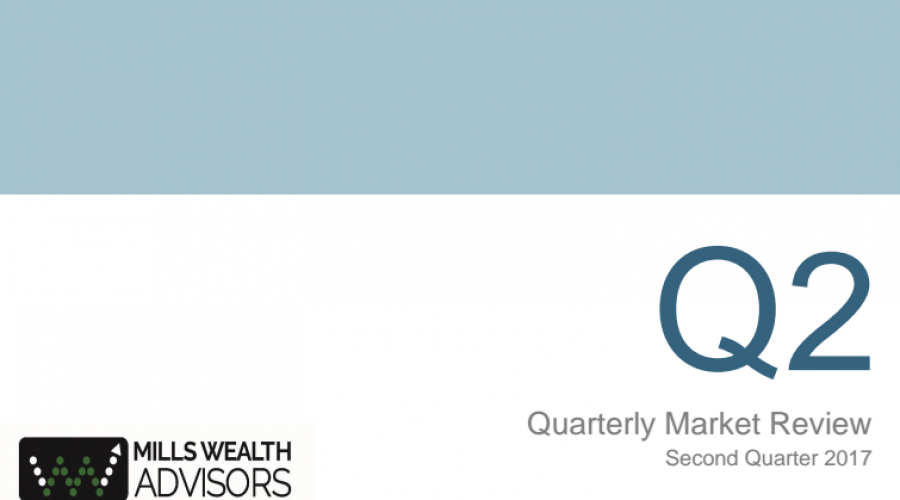Dear clients,
I hope your summer vacations are going well and that you are enjoying time with your families. I wanted to give you a brief update on the quarter’s performance and provide some links to our ever-evolving website and blog. We recently posted some content that you might enjoy; the links to these posts are listed at the bottom of this email.
Also, below is MWA’s normal quarterly report package, which provides a short overview of the different investment classes that make up your portfolio. These classes are broken down by world markets and different slices of the capital markets within each market area. The last two pages of the report address a common question: Will rising interest rates cause stocks to decline?
MWA Portfolio Performance:
Let’s begin by briefly touching on second-quarter performance. Our CORE+ Investment models “rocked it” again this quarter and year to date compared to a typical allocation (one that overweights large companies in the United States). When you review your specific reports, you will notice that most funds did well, but MWA portfolios outperformed, mostly due to strength in overseas assets. Over the last few years, US companies have done very well despite their higher valuations. On the other hand, overseas market valuations are much more reasonable, and I think that is one reason we see capital beginning to flow to these markets in larger amounts.
In the process of analyzing investor portfolios, the most common (long-term) investment mistake is an overweighing of the country in which the investor lives. This is called “home country bias” and can limit long-term returns.
A brief refresher course on how your portfolio is designed:
As you may remember, our models are globally diversified and weigh markets roughly by their size (market value). The US comprises approximately 52% of the world, so we weigh the US closer to 50%. This weighing difference increases expected returns and provides greater diversification. The tradeoff from this decision is that portfolio returns differ from what you see on TV and in the paper, as the US only represents a portion of your portfolio. Additional returns are eventually realized as we apply the “tilts” toward the three factors that drive higher expected returns (under-valued stocks +5%; small stocks +3%; high-profit stocks +5%). We then combine our equity portfolio with high-quality bonds to provide defense. Our defensive portfolios are made of short- to intermediate-term fixed income investments ranging in credit quality from AAA to BBB. High-quality bonds are designed to be up when markets decline. This well-researched “yin and yang” approach provides the highest long-term risk-adjusted returns. (Enough technical language.)
As always, if you have any questions about your portfolio, please call us. The key takeaway is that diversification helps us win in the long run, but it causes returns to differ in the short run. Your portfolios have nearly 10,000 positions, so we are much more diversified than simply the S&P 500.
Attached to this email you will find the MWA quarterly report package that reviews each of the asset classes to which we invest. For the past few years, I have tried to explain how relatively cheap emerging markets are compared to US markets. So far, these markets have rebounded nearly 35%. This in no way equalizes their underperformance, but it emphasizes the point I would like everyone to remember: Markets always revert to their long-term average return. This is one of the strongest forces in finance. (Unfortunately, this doesn’t happen each year, but it often occurs within a decade or so.)
